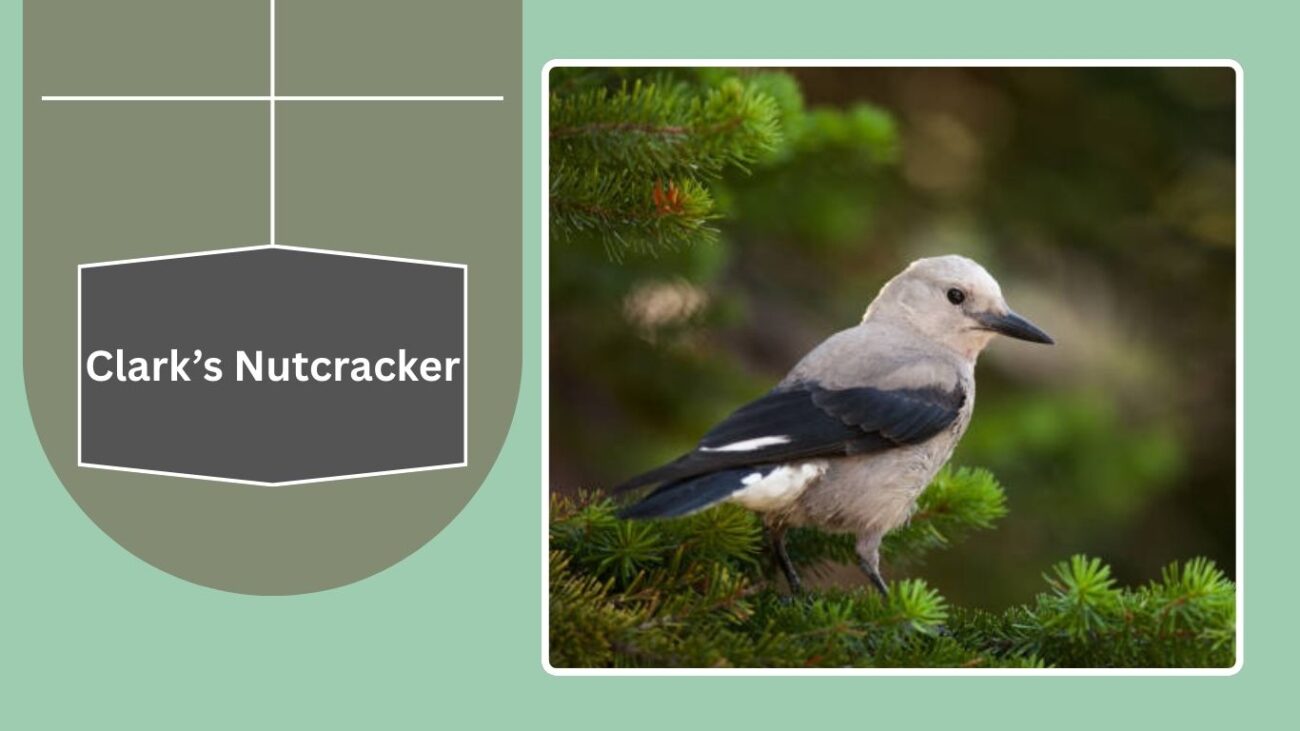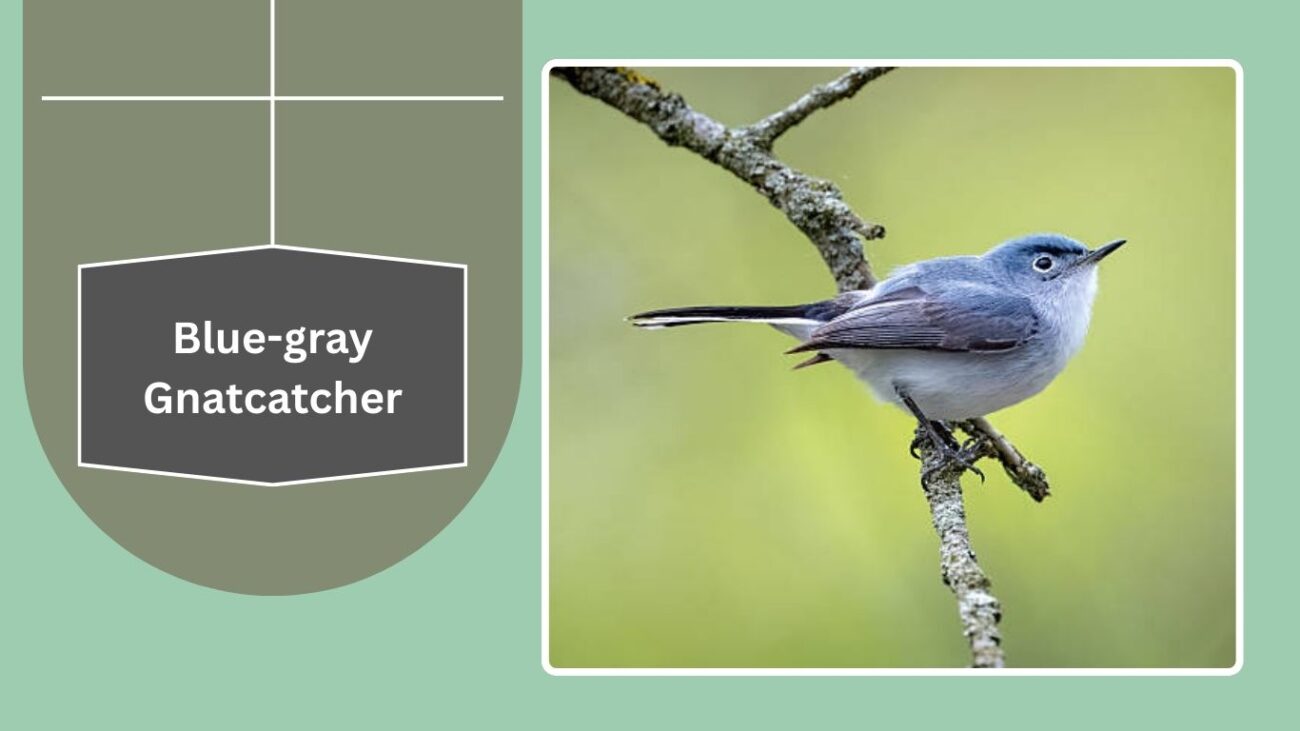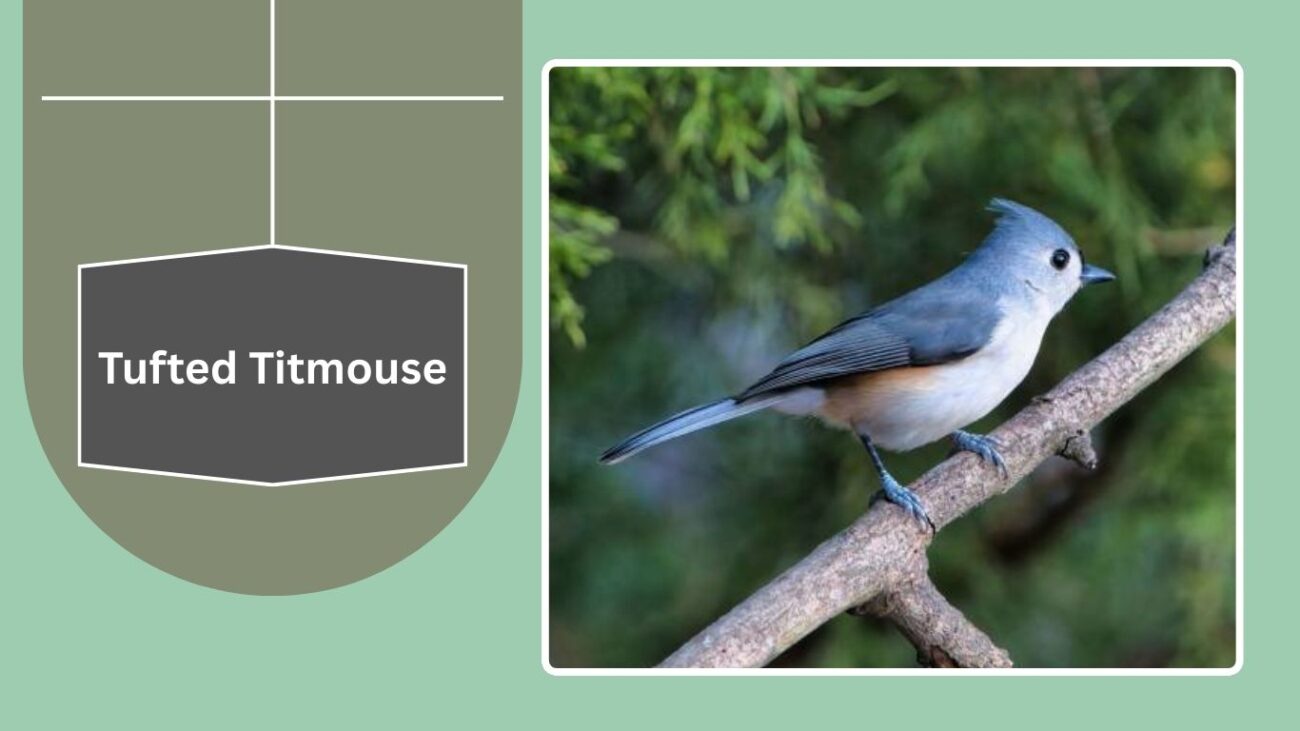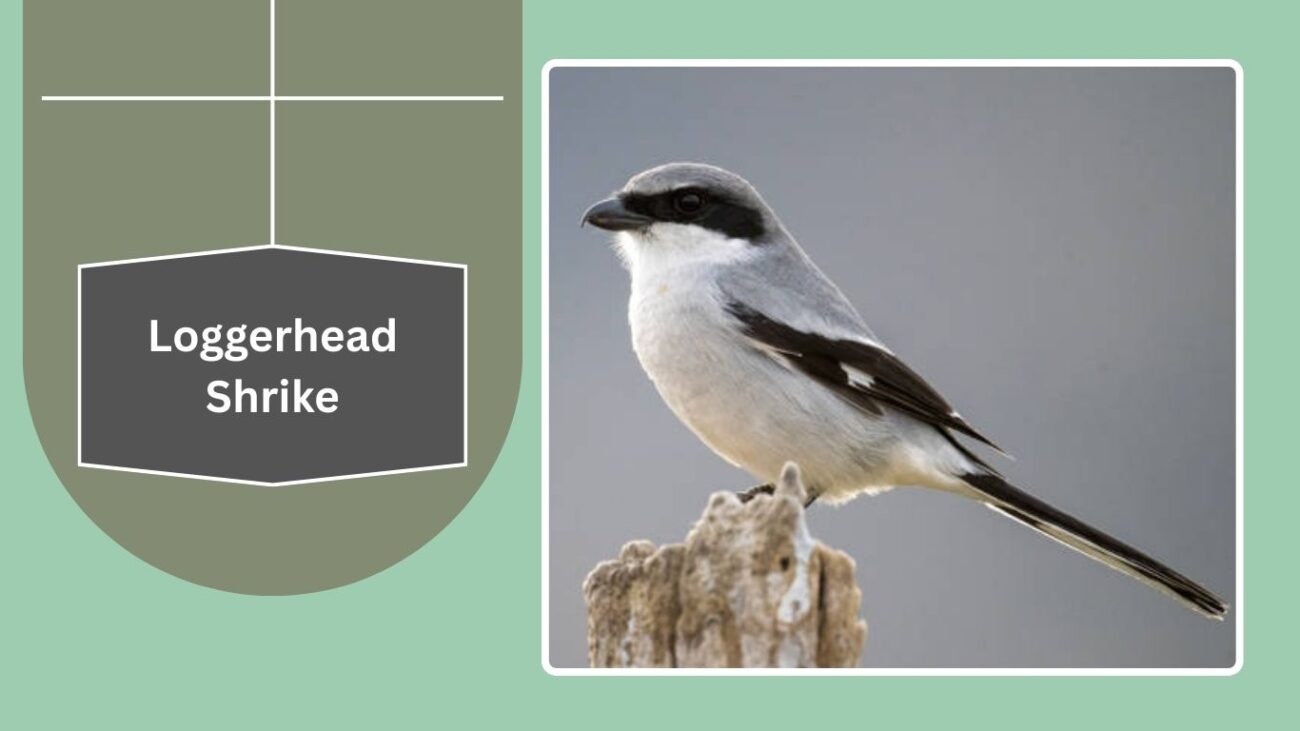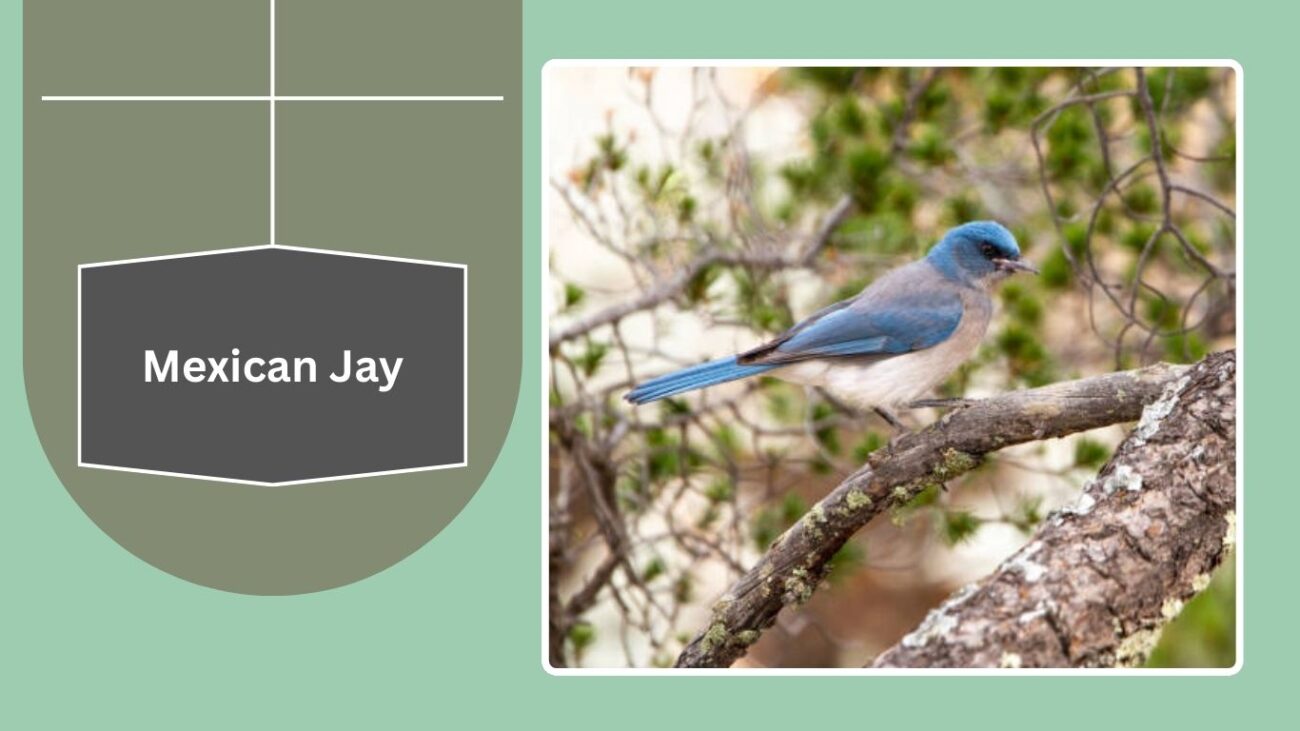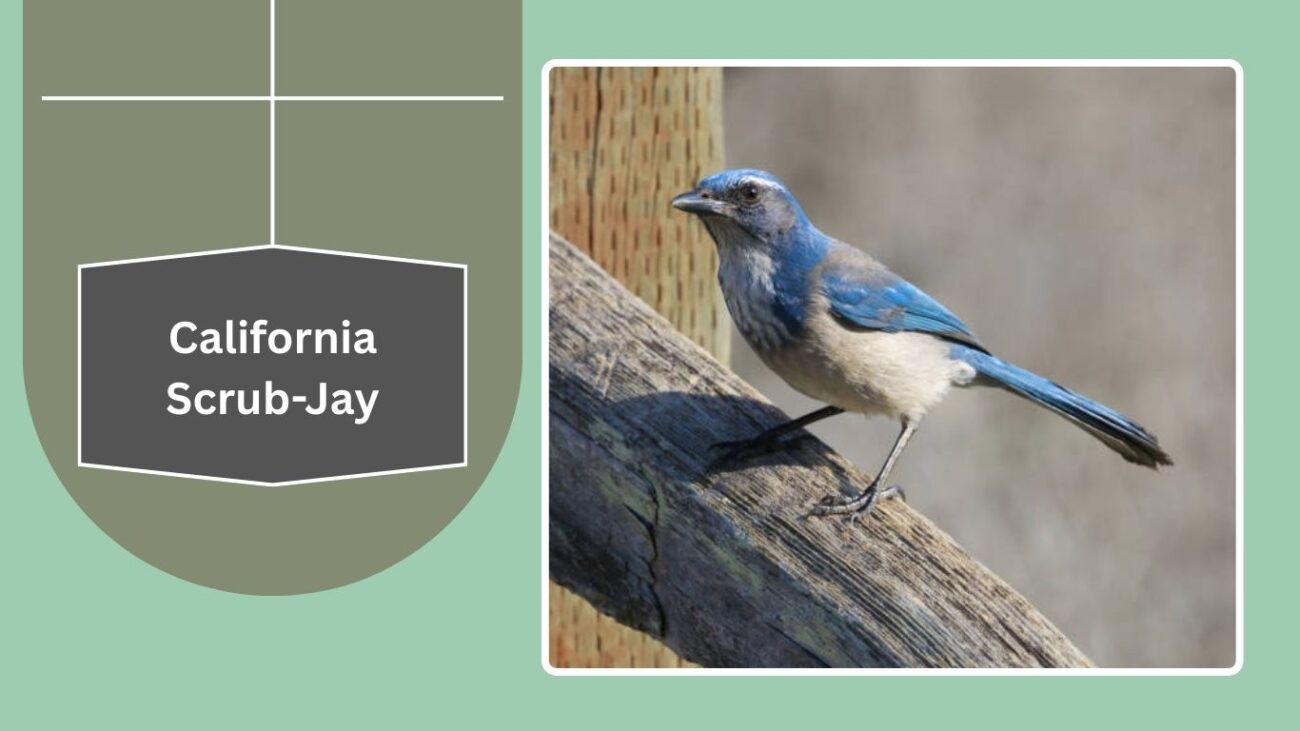Blue Jays are famous for their bright blue feathers and bold personalities, but many gray birds share similar shapes, behaviors, or subtle blue-gray tones that make them look like jays at first glance. From the clever Gray Jay of the north to the lively California Scrub-Jay of the west, these birds may lack the Blue Jay’s vibrant colors, yet they are equally fascinating to watch in forests, backyards, and open landscapes.
1. Gray Jay (Canada Jay)
The Gray Jay, also known as the Canada Jay or “Whiskey Jack,” is a hardy bird of the far north. Unlike the flashy Blue Jay, its muted gray and white plumage gives it a more subtle beauty. Still, the round body, fluffy feathers, and intelligent behavior can make observers mistake it for a distant cousin of the Blue Jay. These birds are strongly associated with northern wilderness and are admired for their survival skills in extreme winters.
Identification
- Size: Medium-sized, about 9–11 inches (23–28 cm) in length
- Wingspan: Approximately 18 inches (45 cm)
- Color: Soft gray overall with pale underparts, whitish forehead, and a darker gray cap
- Tail: Long, rounded, and slightly darker than the body
- Bill: Short, black, and straight—suited for picking food and storing it
- Eyes: Dark, set against a pale face that gives an inquisitive and gentle look
- Crest: Unlike the Blue Jay, the Gray Jay lacks a prominent crest, making its head appear rounder
Behavior
Gray Jays are famously bold and inquisitive. They frequently visit campsites, cabins, and hikers, often earning the nickname “camp robber” for their habit of stealing food. These birds are also known for caching food in bark crevices or under lichens, coating it with sticky saliva to preserve it through harsh winters. Their strong memory allows them to relocate these stores months later.
Habitat
They inhabit boreal and subalpine forests, thriving in spruce, fir, and pine-dominated regions. Their range covers most of Canada, Alaska, and extends into northern parts of the United States, such as the Rocky Mountains and northern Minnesota. They are year-round residents, enduring extreme cold instead of migrating.
Importance
Gray Jays are considered an ecological keystone species in northern forests. By storing seeds and berries, they assist in forest regeneration and plant dispersal. To many Indigenous cultures and northern communities, the Gray Jay carries cultural significance, often symbolizing friendliness, resilience, and companionship in the wilderness.
2. Clark’s Nutcracker
Clark’s Nutcracker is a striking gray bird of the mountains, often mistaken for a Blue Jay due to its bold behavior, intelligence, and noisy calls. Unlike the bright blue plumage of a Blue Jay, Clark’s Nutcracker is mostly gray with black and white contrasts, giving it a sleeker, more understated appearance. It is a vital species in western mountain ecosystems, especially for its unique relationship with pine trees.
Identification
- Size: About 10–12 inches (25–30 cm) in length
- Wingspan: Around 18–20 inches (46–51 cm)
- Color: Pale gray body with black wings and tail, highlighted with white wing patches
- Bill: Long, sharp, and black—perfect for prying open pine cones
- Tail: Black with distinctive white outer feathers, especially visible in flight
- Eyes: Dark, giving an alert and intelligent appearance
Behavior
Clark’s Nutcrackers are energetic and noisy, often traveling in flocks. They are excellent fliers, known for their strong, direct wingbeats. A key behavior is food caching—each bird can hide tens of thousands of pine seeds in the soil each year, using memory to recover many of them later. Those they forget often grow into new trees, making them essential for reforestation.
Habitat
This bird is typically found in high-elevation forests of western North America, especially in association with whitebark pine and limber pine habitats. They live in mountainous regions from Canada down through the Rockies and Sierra Nevada.
Importance
Clark’s Nutcracker is considered a keystone species for its role in dispersing pine seeds, ensuring the survival of tree species critical to mountain ecosystems. Their close relationship with pine forests highlights their ecological importance, making them not just a bird of beauty, but a guardian of alpine forests.
3. Northern Mockingbird
The Northern Mockingbird is a well-known songbird admired for its intelligence and remarkable ability to mimic the calls of other birds. While it lacks the vibrant blues of a Blue Jay, its gray plumage, slender shape, and bold behavior can make it appear similar at a glance, especially when perched in open spaces. This species is widely recognized for its constant singing and territorial defense.
Identification
- Size: About 8–11 inches (20–28 cm) in length
- Wingspan: 12–15 inches (31–38 cm)
- Color: Gray upperparts with paler underparts and a whitish chest
- Tail: Long and dark with white outer feathers that flash in flight
- Bill: Slightly curved, black, and slender, designed for versatile feeding
- Markings: Prominent white wing patches visible when flying or displaying
- Crest: Absent, giving a sleeker head compared to a Blue Jay
Behavior
Northern Mockingbirds are fearless defenders of their territory. They will chase away larger birds, cats, and even humans if they feel threatened. Famous for their vocal abilities, they can mimic dozens of bird species, as well as other sounds like frogs or whistles. Unlike many songbirds, they sing throughout the year, and males often perform long, complex songs to attract mates and defend their space.
Habitat
They thrive in open areas with scattered shrubs and trees, such as suburban yards, parks, forest edges, and farmland. Northern Mockingbirds are widespread across the United States, Mexico, and into the Caribbean, and have adapted well to urban environments.
Importance
As voracious insect eaters, Northern Mockingbirds play a helpful role in controlling pests. Their remarkable memory and mimicry also make them a cultural icon, symbolizing intelligence, boldness, and resilience. In literature and folklore, the mockingbird is often celebrated as a symbol of free expression and innocence.
4. Blue-gray Gnatcatcher
The Blue-gray Gnatcatcher is a tiny, active bird that can sometimes remind birdwatchers of a small Blue Jay due to its blue-tinted gray plumage and restless behavior. Despite its size, this bird has a bold personality, flitting through trees and shrubs while constantly flicking its tail. Its soft but noticeable coloration and energetic movements make it easy to spot in the right habitat.
Identification
- Size: Very small, about 4–5 inches (10–13 cm) in length
- Wingspan: Around 6 inches (15 cm)
- Color: Bluish-gray body with lighter underparts
- Tail: Long, narrow, black with white edges, often flicked upward
- Bill: Thin, straight, and slightly pointed, adapted for catching insects
- Markings: Thin white eye ring giving a spectacled look
- Crest: Absent, unlike the Blue Jay, giving it a smooth, rounded head
Behavior
This bird is constantly in motion, flitting from branch to branch in search of insects. It often hovers briefly while gleaning food and uses its tail flicks to flush out prey. Males are especially vocal during the breeding season, producing a wheezy, high-pitched song.
Habitat
Blue-gray Gnatcatchers are found in open woodlands, shrubby habitats, and forest edges across much of North America. During migration, they can also be spotted in parks and backyards. They prefer areas with dense vegetation where insects are plentiful.
Importance
Though small, these birds are significant insect controllers, consuming gnats, caterpillars, and other small pests. Their presence also indicates healthy ecosystems with diverse plant and insect life. Their delicate nests, made of spider silk and lichen, are admired for their intricate beauty.
5. Tufted Titmouse
The Tufted Titmouse is a small, lively bird that shares some similarities with Blue Jays, particularly its prominent crest and bold presence at feeders. While Blue Jays are larger and vibrant blue, the Tufted Titmouse displays a softer gray coloration with touches of rust. Its inquisitive nature and frequent calls make it a familiar sight in eastern North American woodlands and backyards.
Identification
- Size: About 5.5–6.3 inches (14–16 cm) in length
- Wingspan: 7.5–10 inches (19–26 cm)
- Color: Soft gray upperparts with whitish underparts and a subtle rust-colored patch near the flanks
- Crest: Prominent gray crest, giving it a Blue Jay–like silhouette
- Tail: Medium-length, gray, and squared at the tip
- Bill: Short, black, and strong—ideal for cracking seeds and nuts
- Eyes: Large and dark, giving a wide-eyed, curious expression
Behavior
Tufted Titmice are active, curious birds often found traveling in mixed flocks with chickadees and nuthatches. They are frequent visitors to bird feeders, especially for sunflower seeds. They often cache seeds by hiding them in bark crevices, similar to behaviors seen in Blue Jays. Their calls are loud, clear, and repetitive, often described as “peter-peter-peter.”
Habitat
These birds inhabit deciduous and mixed forests, as well as suburban parks and gardens. They are commonly found throughout the eastern and southeastern United States, thriving in both rural and urban landscapes.
Importance
Tufted Titmice play a valuable role in ecosystems by dispersing seeds and controlling insect populations. Their lively presence also adds charm to backyard birdwatching. As a close relative of chickadees, they are a beloved species that bridges the gap between the tiny songbirds and the larger, more striking jays.
6. Loggerhead Shrike
The Loggerhead Shrike is a striking gray bird with a bold appearance that can faintly resemble a Blue Jay in its sharp features and confident stance. Unlike the colorful Blue Jay, this bird wears a more subdued gray, black, and white plumage, but its fearless predatory behavior sets it apart. Often called the “butcher bird,” it is unique among songbirds for its hunting skills.
Identification
- Size: About 8–10 inches (20–25 cm) in length
- Wingspan: 11–13 inches (28–34 cm)
- Color: Soft gray body with white underparts
- Markings: Distinct black mask across the eyes and black wings with white flashes
- Tail: Long, black, and squared with white edges
- Bill: Short, hooked, and strong—adapted for catching and impaling prey
- Eyes: Dark, giving a fierce and alert expression
Behavior
Loggerhead Shrikes are skilled hunters, preying on insects, small birds, lizards, and rodents. Since they lack talons like hawks, they use their beaks and often impale prey on thorns or barbed wire for storage. They are solitary, territorial birds and can be surprisingly aggressive for their size. Their hunting style is one of the most fascinating behaviors in the songbird world.
Habitat
These birds prefer open habitats such as grasslands, prairies, agricultural fields, and shrublands with scattered perches. They are found across much of North America, though their populations have declined in many areas due to habitat loss.
Importance
Loggerhead Shrikes play a key role in balancing ecosystems by controlling insect and small animal populations. Their unusual hunting habits make them important subjects of scientific study. Despite their small size, their predatory lifestyle has earned them a legendary reputation among bird enthusiasts.
7. Pinyon Jay
The Pinyon Jay is a social, highly intelligent bird that can sometimes resemble a Blue Jay due to its jay-like shape and bold flocking behavior. Unlike the bright blue of Blue Jays, Pinyon Jays show a dusky gray-blue color that blends more subtly into their dry, western habitats. They are closely tied to pinyon pine woodlands, where they play a crucial ecological role.
Identification
- Size: About 9–11 inches (23–28 cm) in length
- Wingspan: 18 inches (45 cm) on average
- Color: Overall dull blue-gray with slightly paler underparts
- Markings: Lacks strong contrasts; more uniformly colored than Blue Jays
- Tail: Shorter and less rounded than that of other jays
- Bill: Long, straight, and black, designed for prying open pine cones
- Crest: Absent, giving the head a sleeker shape compared to Blue Jays
Behavior
Pinyon Jays are extremely social, often seen in large, noisy flocks that can number in the hundreds. They have excellent memories, storing thousands of pine seeds underground each year and remembering where to retrieve them. This caching behavior not only ensures their winter survival but also supports pine forest regeneration.
Habitat
They are found in the pinyon pine and juniper woodlands of the western United States, including Nevada, Utah, Arizona, New Mexico, and parts of Colorado. Their distribution is closely linked with the availability of pinyon pine seeds.
Importance
Pinyon Jays are considered ecosystem engineers. By caching seeds, they help sustain pine forests, which in turn support diverse wildlife. Their tight-knit social structures also make them fascinating birds to study, offering insight into cooperative behavior and intelligence among corvids.
8. Mexican Jay
The Mexican Jay is a sleek, medium-sized bird that resembles the Blue Jay in both body shape and lively social behavior. However, instead of the bright, vivid blues of the Blue Jay, the Mexican Jay carries a more subdued mix of pale blue and gray tones. Known for its cooperative lifestyle, this species thrives in tight family groups and is an important bird of the southwestern United States and Mexico.
Identification
- Size: Around 11–12 inches (28–30 cm) in length
- Wingspan: 15–17 inches (38–43 cm)
- Color: Light blue head, wings, and tail, blending into a pale gray back and chest
- Markings: Uniform in color, lacking the bold black necklace or crest seen in Blue Jays
- Tail: Long, straight, and blue-gray
- Bill: Black, straight, and sturdy—adapted for general foraging
- Crest: Absent, giving the head a smoother look compared to Blue Jays
Behavior
Mexican Jays are social, cooperative birds often found in family groups of up to a dozen individuals. They share duties such as raising young and defending territories. Their diet includes insects, seeds, fruits, and acorns, which they sometimes cache for later use. They are curious and vocal, often calling loudly while foraging in groups.
Habitat
These birds inhabit oak and pine-oak woodlands in the southwestern United States (Arizona, New Mexico, Texas) and extend into Mexico. They prefer mid- to high-elevation forests where oaks provide acorns and other food sources.
Importance
Mexican Jays are crucial seed dispersers, particularly for oaks, as they transport and bury acorns that may sprout into new trees. Their cooperative breeding behavior also makes them a model species for scientific research on social dynamics among birds.
9. Gray Catbird
The Gray Catbird is a slender, elegant bird that, at first glance, can resemble a Blue Jay because of its size, shape, and bold behavior. However, instead of flashy blue feathers, it sports a smooth, charcoal-gray body. Its name comes from its distinctive mewing call, which sounds much like a cat. Despite its muted colors, the Gray Catbird is lively, musical, and very noticeable in its preferred habitats.
Identification
- Size: About 8–9.5 inches (20–24 cm) in length
- Wingspan: 11–13 inches (28–33 cm)
- Color: Uniform slate-gray body with a darker cap on the head
- Markings: Rust-colored patch under the tail, often hidden but distinctive when seen
- Tail: Long, dark gray to black, held upright when alarmed
- Bill: Black, slender, and slightly curved, well-suited for insect catching and berry feeding
- Crest: Absent, giving it a smooth, rounded head profile
Behavior
Gray Catbirds are known for their secretive yet bold personalities. They often skulk in dense shrubs but will perch high to sing or call. Like Northern Mockingbirds, they are mimics, capable of copying other birds’ songs as well as mechanical noises. Their catlike “mew” call is their most recognizable sound. During breeding season, they become territorial and defend their nesting areas aggressively.
Habitat
They prefer thickets, dense shrubs, woodland edges, and suburban gardens where cover is abundant. Gray Catbirds breed across much of North America and migrate to the southern U.S., Mexico, and the Caribbean for the winter.
Importance
Gray Catbirds play an important role in seed dispersal since they eat a wide variety of berries and fruits. Their mimicry and strong personalities also make them a favorite among bird enthusiasts, despite their plain coloring compared to brighter species like Blue Jays.
10. California Scrub-Jay
The California Scrub-Jay is a bold, intelligent bird that resembles the Blue Jay in both shape and personality. While Blue Jays are more vibrantly patterned, the Scrub-Jay carries a softer mix of blue and gray tones. Its lack of a crest and more streamlined features set it apart, but its loud calls, social behavior, and striking appearance make it one of the most noticeable birds of the western United States.
Identification
- Size: About 11–12 inches (28–31 cm) in length
- Wingspan: 15 inches (38 cm) on average
- Color: Blue head, wings, and tail, with a pale gray back and whitish underparts
- Markings: Subtle gray necklace across the chest, varying in intensity
- Tail: Long and blue, providing balance while foraging
- Bill: Black, straight, and sturdy, excellent for cracking nuts and acorns
- Crest: Absent, giving it a smoother head profile than the Blue Jay
Behavior
California Scrub-Jays are noisy, curious, and highly intelligent. They are known for caching acorns and remembering thousands of hiding spots. Unlike some jays that travel in large flocks, Scrub-Jays are more often seen in pairs or small family groups. Their sharp “shreee” calls are common sounds in western oak woodlands.
Habitat
These birds inhabit oak woodlands, chaparral, suburban gardens, and dry forests across California and the western U.S. They adapt well to human presence and are frequent visitors to backyards with feeders.
Importance
California Scrub-Jays are vital to the spread of oak forests through their caching behavior, burying acorns that often grow into new trees. They are also cultural favorites, admired for their intelligence and striking blue-gray beauty, making them one of the most iconic birds of the American West.



